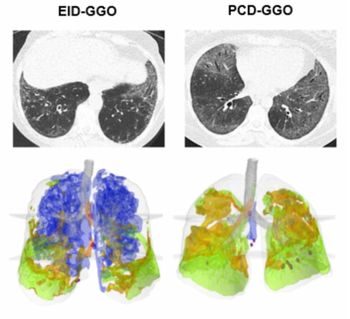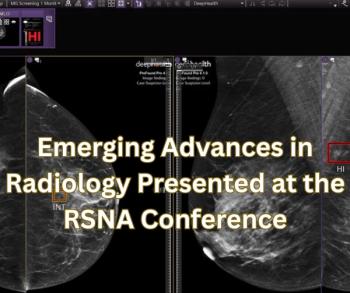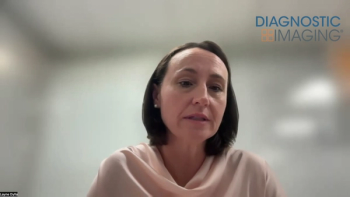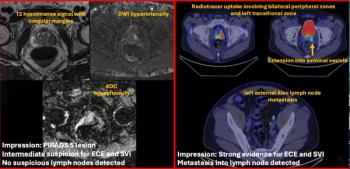In a new study, preoperative breast MRI revealed additional suspicious lesions in over 50 percent of women slated to undergo surgery for breast cancer and was associated with a significantly higher rate of mastectomy.
For the retrospective study, recently published in the Journal of the American College of Radiology, researchers reviewed data from 1,872 women underwent surgery for newly diagnosed breast cancer. The study authors noted that 992 women in the cohort had at least one preoperative MRI to assess the extent of the disease.
The researchers found that 49 percent of patients who had a preoperative MRI had a mastectomy in comparison to 31 percent of women with no preoperative MRI. Preoperative MRI revealed additional suspicious lesions in 51.5 percent of women and women in the preoperative MRI cohort were 6 percent less likely to require re-excision (8 percent vs. 14 percent), according to the study authors.
“Around half of the patients who received MRI were found to have BI-RADS 4 or 5, indicating a moderate to very high suspicion of additional malignancy undetected on mammogram. Among them, only two-thirds pursued follow-up biopsies of MRI-detected lesions, yielding a positive predictive value (PPV) of 43.2% for breast MRI obtained for extent of disease evaluation. The one-third who opted against follow-up biopsies most cited preference for mastectomy for declining further diagnostic workup,” wrote lead study author Chi Trinh, M.D., who is affiliated with the Russell H. Morgan Department of Radiology and Radiological Science at Johns Hopkins Medicine in Baltimore, and colleagues.
The study authors noted that White women and women of other races had higher utilization of preoperative breast MRI (55 percent and 62 percent respectively) in comparison to Black women (44 percent).
Three Key Takeaways
- Higher mastectomy rate. Preoperative breast MRI was associated with a substantially higher mastectomy rate (49 percent vs. 31 percent) among women undergoing surgery for newly diagnosed breast cancer.
- Detection and re-excision benefit. MRI revealed additional suspicious lesions in over half of patients (51.5 percent) and was linked to a modest reduction in re-excision rates (8 percent vs. 14 percent), suggesting improved delineation of disease extent.
- Access disparities. Utilization of preoperative breast MRI varied by race, insurance status, and employment, highlighting persistent inequities in access to advanced imaging before breast cancer surgery.
Additionally, the researchers found that women with commercial health insurance had significantly higher use of preoperative breast MRI (65 percent) in contrast to women with Medicaid (57 percent) and those with Medicare (34 percent). Those who had full-time employment were 11 percent more likely to have preoperative breast MRI in comparison to unemployed women (67 percent vs. 56 percent), according to the study authors.
“The high cost associated with MRI and imaging-guided biopsy, as well as with additional imaging exams overall, may partly explain lower utilization among these populations, who often experience financial and logistical barriers to care. In short, our findings emphasize the ongoing need to address the availability and affordability of breast MRI, particularly in the pre-operative setting,” posited Trinh and colleagues.
(Editor’s note: For related content, see “Post-NAC MRI Without Calcifications Associated with 65 Percent Higher Likelihood of Pathologic Complete Response,” “Study: White Women 11 Times More Likely than Black Women to Be Eligible for Supplemental Breast Cancer Screening in Pennsylvania” and “The Reading Room Podcast: Current and Emerging Insights on Abbreviated Breast MRI.”)
Beyond the inherent limitations of a single-center retrospective study, the authors acknowledged the possibilities of unrecognized confounding factors and missing data that may have affected the results.





























